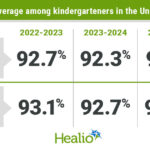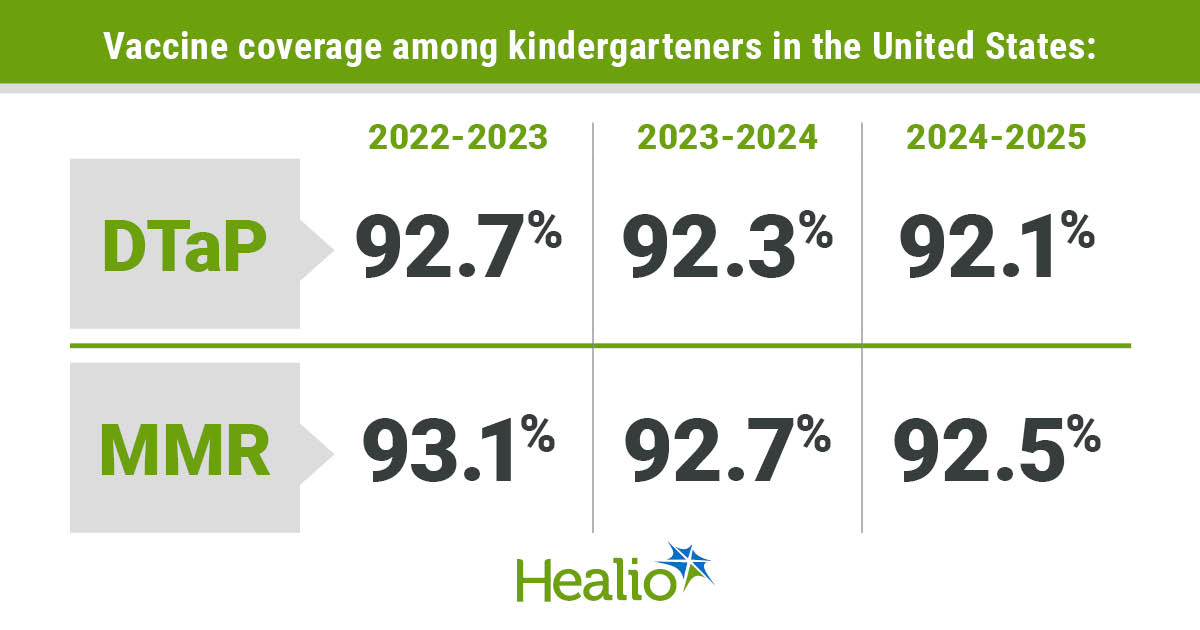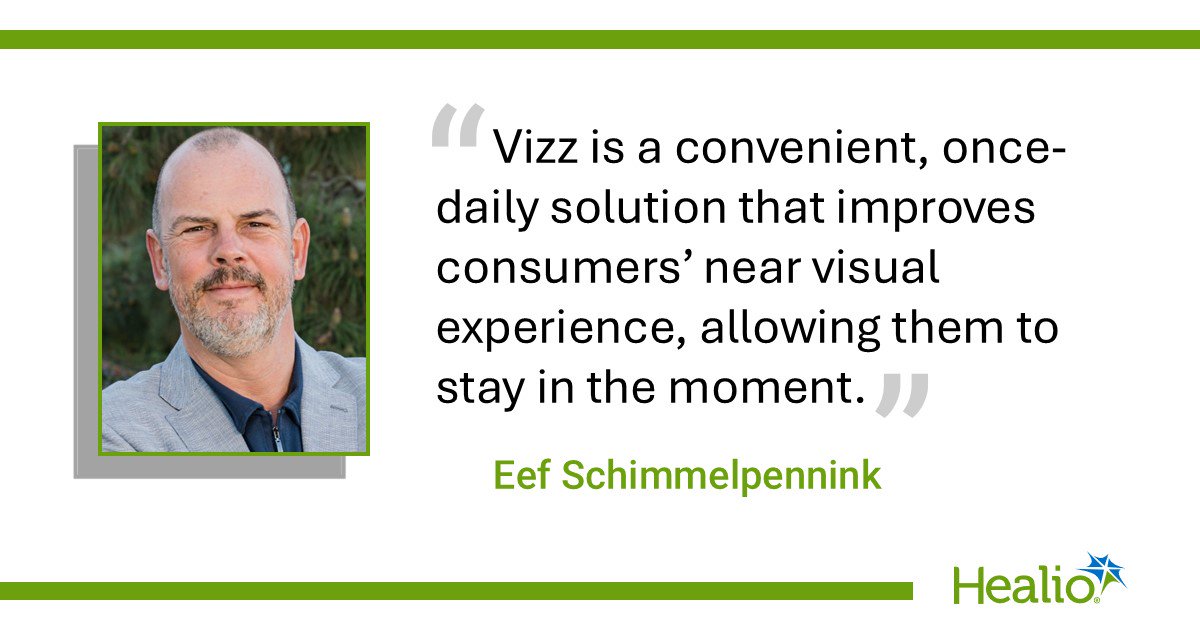Key takeaways:
- Greater socioeconomic deprivation was significantly associated with poor cognitive speed performance.
- Increased years of education reduced the effect of neighborhood deprivation on processing speed.
The level of neighborhood deprivation was associated with cognitive speed concerns for individuals on the cusp of midlife, with education level acting as a mediator, results of an ongoing longitudinal study show.
“The context or conditions in which we live and develop is recognized as a social determinant of health that has implications for individual health outcomes,” Elizabeth Muñoz, PhD, assistant professor in the department of human development and family sciences at The University of Texas at Austin, said at the Alzheimer’s Association International Conference.

Data were derived from Muñoz E, et al. Associations between early/current neighborhood deprivation and midlife cognitive functioning: Results from the Colorado Adoption/Twin Study of Lifespan (CATSLife) behavioral development and cognitive aging. Presented at: Alzheimer’s Association International Conference; July 27-31, 2025; Toronto.
“And the socioeconomic conditions of the neighborhood context in which we live can serve to promote but can also serve to undermine health,” she said.
A wealth of prior research has established that neighborhood deprivation early in life is linked to cognitive decline and diminished brain integrity after the age of 55, as well as increased risk for cognitive impairment and increased odds for neuropathology consistent with Alzheimer’s disease.
Muñoz and colleagues sought to examine the associations between early-life and current neighborhood disintegrity and cognitive functioning (processing speed, spatial awareness, verbal ability and episodic memory) on the verge of midlife in the Colorado Adoption/Twin Study of Lifespan Behavioral Development and Cognitive Aging (CATSLife).
This longitudinal study, which offered yearly assessments from birth to age 16 and regularly until the age of 22, according to Muñoz, was funded to track these participants between the ages of 28 to 49.
The researchers included 1,171 individuals (average age, 33.06 years; 53% women, 92% white; 15.61 average years of education), both adopted and nonadopted. All participants had their address logged during the first assessment in infancy, between 1976 and 1986, which were matched to census data from 1980 and 1990, respectively. Their current address was linked to 2010 census data, with testing commencing in 2015.
The researchers compiled a neighborhood disadvantage composite score for each individual based on seven factors: median household income, percentage of high-school education or less, percent of owner-occupied units, poverty rates, unemployment rates, median rent and percentage of female-headed households.
Higher scores on each factor and the composite indicated higher socioeconomic deprivation. Conversely, standardized sum scores were compiled for each cognitive domain, where higher scores indicated better performance.
According to results, the most significant correlation occurred between processing speed and current address deprivation, with less significant, but still salient, effects measured between spatial awareness and current address deprivation. Muñoz noted, though, that this effect was not observed in early life.
The researchers reported a significant effect when adjusting for educational level, with the greater the number of educational years reducing the effects of neighborhood deprivation by 46.8% on cognitive speed performance.
Data further show that median household income was the lone significant single individual deprivation factor that influenced processing speed, but its effect was substantially reduced when controlling for education level.
“My colleagues in sociology call education as the great equalizer, something that can serve to protect us against all these health ailments, at least in populations that are similar to CATS-like participants,” Muñoz said.
Noting that neighborhood-level median household income was the deprivation component with the strongest association with slower processing, speed, she continued, participants from neighborhoods with high levels of disadvantage may have limited access to cognitive-enriching environments and resources.
“Educational attainment can serve as a potential buffer against this structural disadvantage,” Muñoz said.
Muñoz added that subsequent follow-up data is expected to clarify associations among the other three cognitive domains, despite these initial data failing to yield any concrete effects in the current dataset.
For more information:
Elizabeth Muñoz, PhD, can be reached at neurology@healio.com.










